 Feast of the Seven Fishes: History, Traditions & Dishes to Try
Feast of the Seven Fishes: History, Traditions & Dishes to Try
The holidays are here! And with that comes a whole cornucopia of traditions, stories, mythology, ...
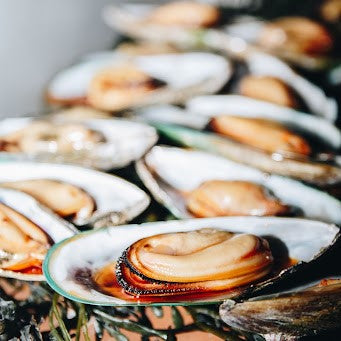 4 Best Canned Mussels Recipes to Try
4 Best Canned Mussels Recipes to Try
Looking for the best mussels recipe to shake up your weeknight dinner or wow your guests? Mussels...
 5 Best Cod Recipes to Try
5 Best Cod Recipes to Try
Looking for healthy and affordable ways to spruce up your dinners? Cooking with cod is your answe...
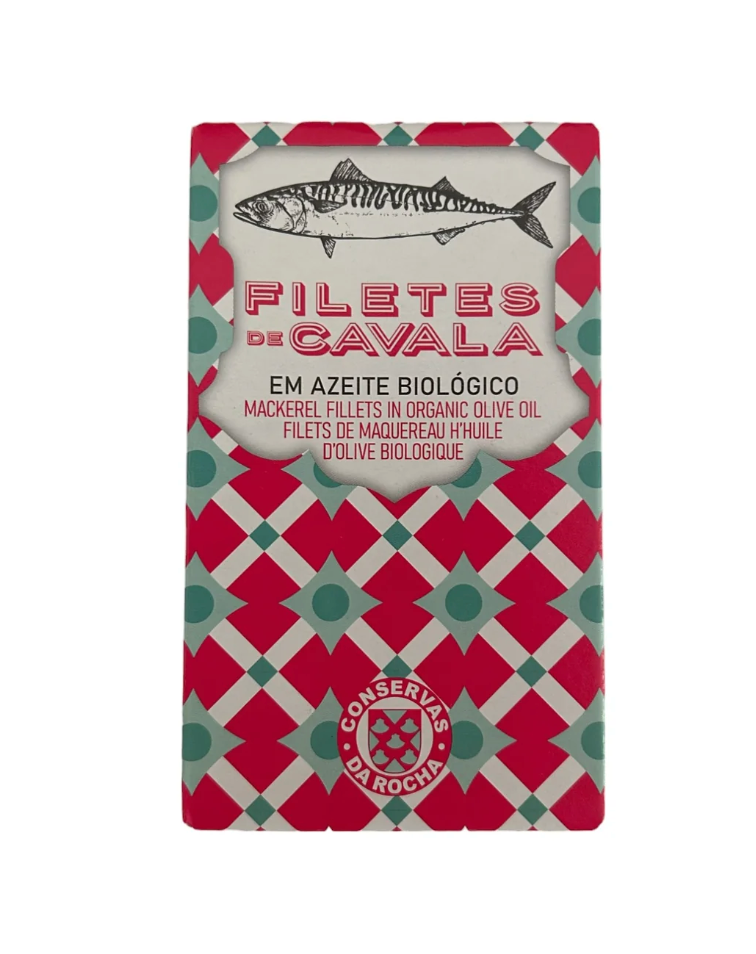 Brand Highlight: The Story of Da Rocha
Brand Highlight: The Story of Da Rocha
Learn more about the history of DA ROCHA and why TinCanFish is proud to add this brand to our mar...
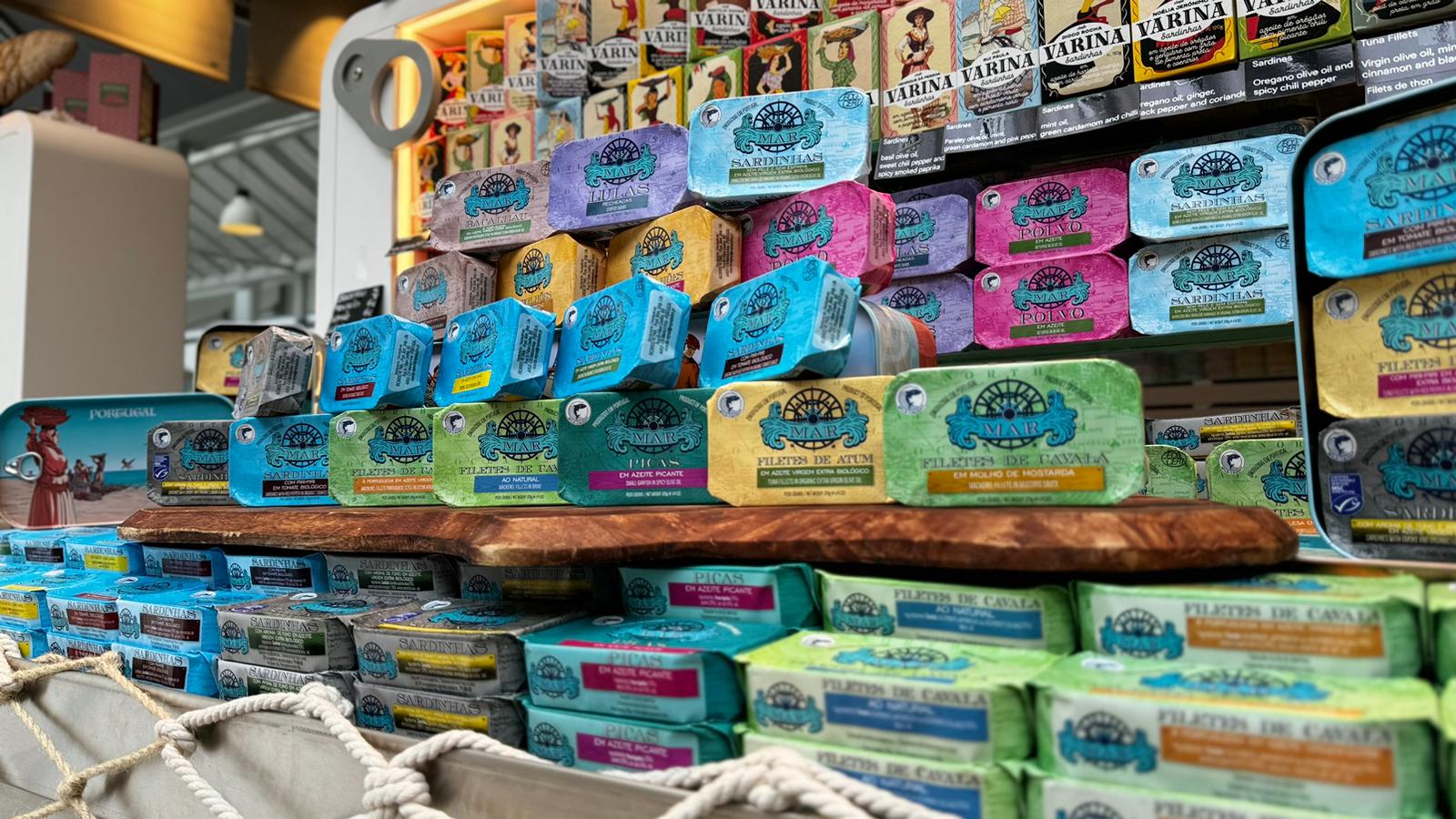 Sitting Down with Ricardo Reynal from MAR
Sitting Down with Ricardo Reynal from MAR
On my recent trip to Porto, I sat down over a late lunch of Bacalhau Na Bras, or grilled codfish,...
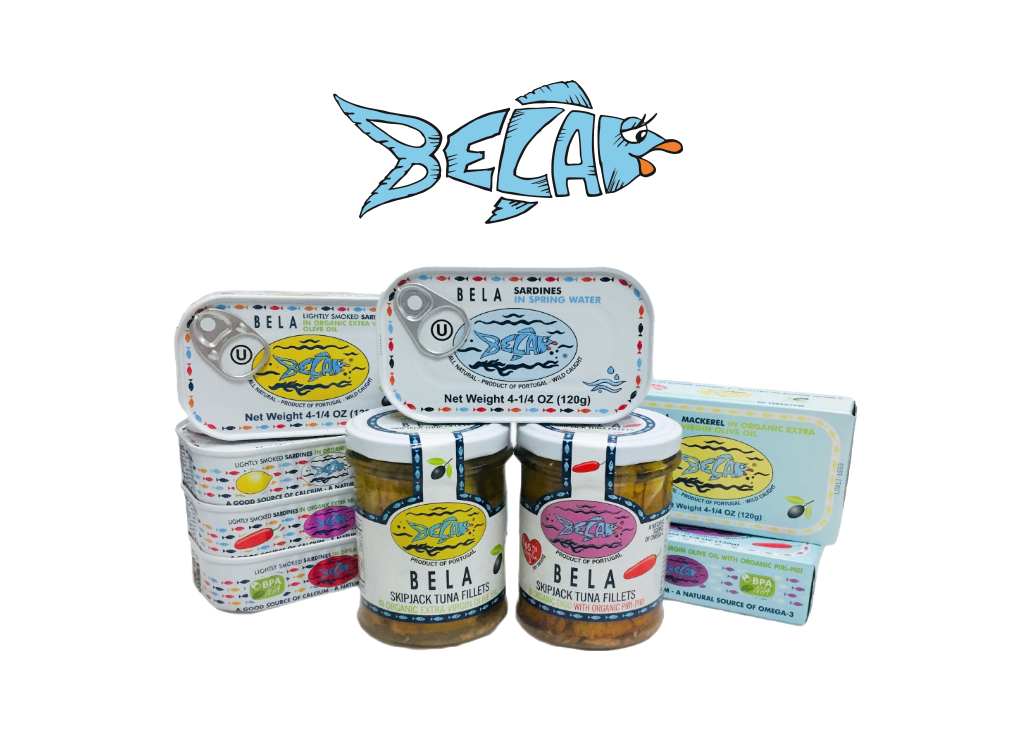 Sitting Down With BELA Brand Seafood
Sitting Down With BELA Brand Seafood
What is BELA and what is this delicious brand all about? BELA Founder: “BELA literally means beau...
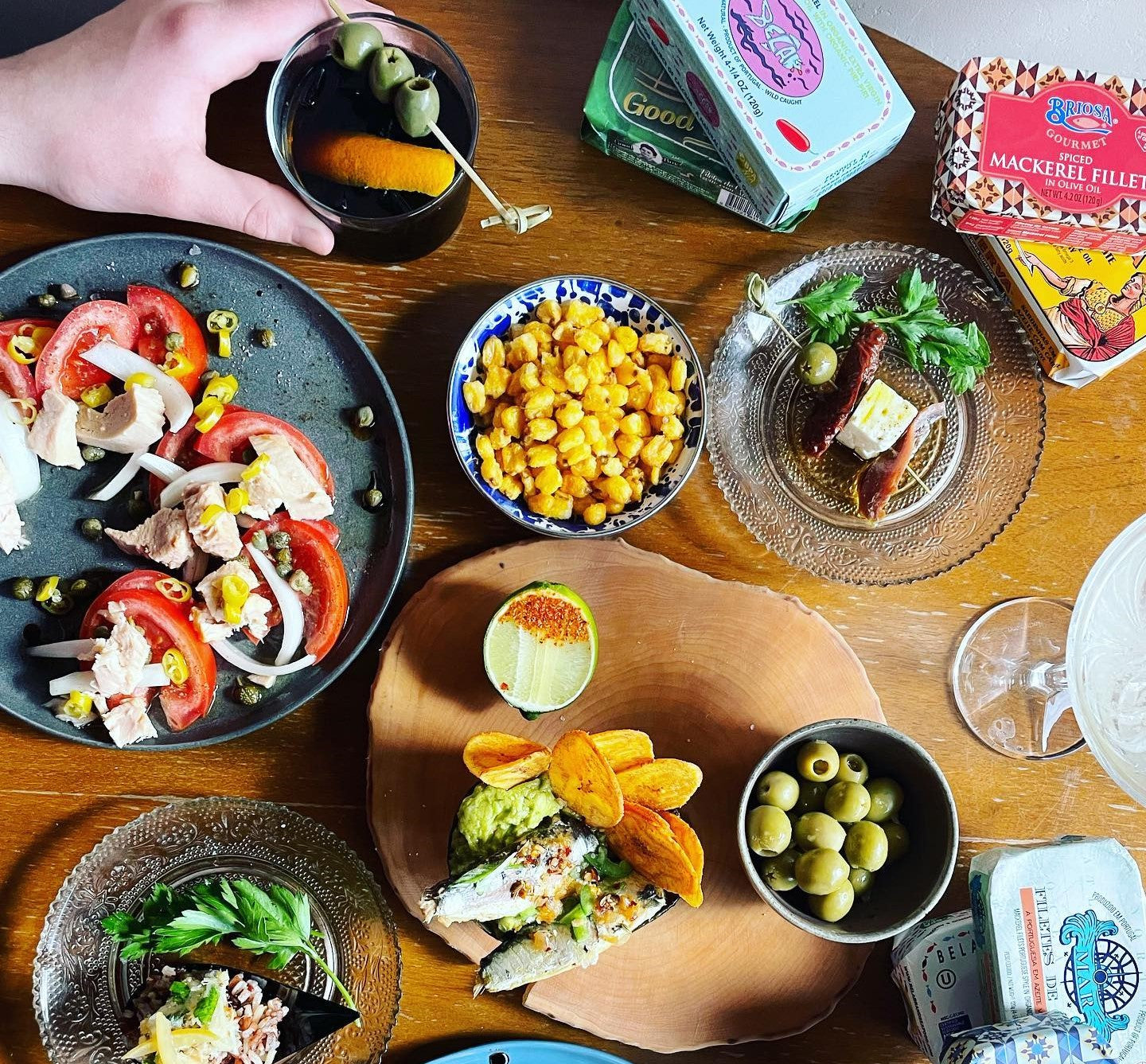 Fine Dining with Tinned Fish
Fine Dining with Tinned Fish
When we think of tinned fish, we might not initially associate it with fine dining. In recent yea...
 Tinned Fish & TikTok - The Millennial Craze
Tinned Fish & TikTok - The Millennial Craze
Tinned fish, including sardines and mackerel, have become a popular food items particularly among...
 Tinned Fish During Lent, What's The Verdict?
Tinned Fish During Lent, What's The Verdict?
For the more than one billion Catholics in the world, Lent is just around the corner. Not only is...
 Tailgating Tinned Fish
Tailgating Tinned Fish
There’s no better way to round out the summertime than with a get together in celebration of ever...
